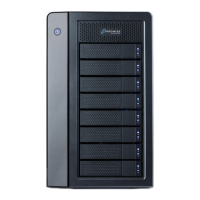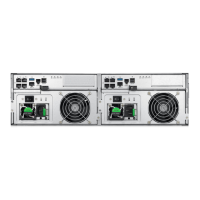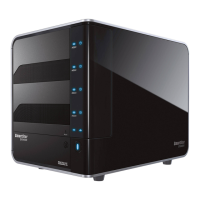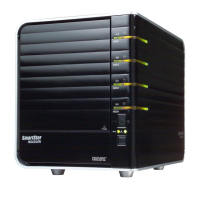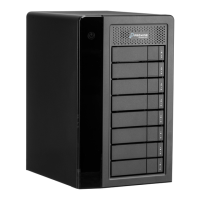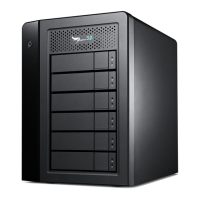VTrak E-Class Product Manual
146
To create a logical drive:
1. Click the Subsystem icon in Tree View.
2. Click the Disk Arrays icon.
3. Click the Disk Array icon.
4. Click the Create LD tab in Management View.
5. Optional. Enter an alias (name) in the Alias field.
Maximum of 32 characters. Use letters, numbers, space between words,
and underscore.
6. From the RAID Level dropdown list, choose a RAID level for this logical
drive.
All RAID levels supported by the disk array appear in the list. See “Choosing
a RAID Level” on page 284.
7. RAID 50 and 60 only. Specify the number of axles for your logical drive.
See “RAID 50 Axles” on page 281 or “RAID 60 Axles” on page 283.
8. Enter a capacity and choose unit of measure (B, KB, MB, GB, TB).
The default value is the available capacity of the disk array. If you specify
less than the maximum capacity, the remaining capacity is available for
additional logical drives that you can create now or later.
9. For the following items, accept the default or choose a new value from the
dropdown menu:
• Stripe size. 64 KB is the default
64 KB, 128 KB, 256 KB, and 1 MB are available.
• Sector size. 512 B is the default.
512 B, 1 KB, 2 KB, and 4 KB are available.
• Read (cache) Policy. Read Ahead is the default.
Read Cache, Read Ahead Cache, and No Cache are available.
• Write (cache) Policy. Write Back is the default.
Write Back and Write Through (Thru) are available.
• Preferred Controller ID.
The choices are Controller 1 or 2, or Automatic. This feature is only
available on subsystems with two controllers with LUN Affinity enabled.
10. Click the Update button to enter the logical drive parameters.
11. Review the results. If there is remaining space the disk array, you can create
another logical drive, following the steps above. Each logical drive can have
a different set of parameters.
12. Click the Next button when you are done.
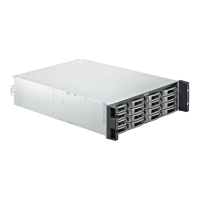
